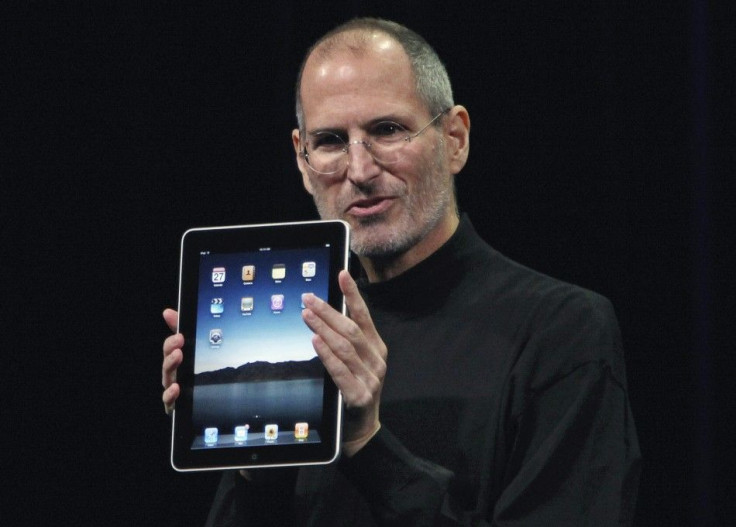Steve Jobs Resigns: The Man Who Created the 'Anything, Anywhere' Age
COLUMN

If you work in New York City, and you commute from Westchester County, N.Y. just north of the city -- from locales with names like Scarsdale, White Plains, Harrison, Pelham, and Larchmont, chances are you take a train on MetroNorth Railroad to Grand Central Terminal in Midtown Manhattan.
This is the train set. And if you're on the weekday 6:36 a.m. express in to Grand Central, the train is filled with regular commuters -- Citigroup (C) executives, middle-age professionals, and the super-hip 20-somethings.
A short five or six years ago, the train was also filled with -- littered is the better term for it -- print newspapers -- The New York Times, Wall Street Journal, Financial Times...you get the idea.
Buying a key paper and reading what's important to your job and your world on the train to the city is a trend that goes back generations in old New York.
But all that changed in April 2010, although we didn't know it then.
The iPad: iAnything, Anywhere
What occurred? Apple's Steve Jobs introduced the iPad -- the sleek, tablet computer. Suddenly, one didn't need a heavier/slightly bulky laptop computer to get the part of the web you want.
The first reaction among the train set, and certainly among yours truly, was that it was just another gadget. It might serve a segment of the market, a considerable portion of the younger crowd would download apps en masse, but the slightly older crowd would still buy their broadsheet newspapers.
Wrong.
Within a few years the iPad would become the media platform of choice among everyone on train -- even among grey-haired executives who look on major change as some sort of plot to undermine the free enterprise system.
Grey-haired executives send memos to staff after evaluating business reports on them, while others work on spreadsheets, and still others watch a TV show they couldn't catch the night before because it was originally broadcast after their bedtime.
The iPad, like Jobs' other inventions, shows Jobs' ability to invent things we didn't know we needed, until he introduced it. After that point, we wonder, as Bloomberg Radio's Ken Prewitt so accurately put it, How did we ever live without the thing?
iPod. iPhone. iPad. These are transformational, powerful, sleek devices -- devices that point to, barring some unforeseen calamity -- the anything, anywhere age filled with super-functional mobile devices.
Arguably, more than any other person, Steve Jobs led the way to the mobile age, so thank him the next time you're using your iPad in a place where a larger device would not do.
Also be glad -- be really, really glad -- that someone like Jobs was grew up in California in the 1970s/1980s and not in say, Leningrad (now St. Petersburg) in, say, the 1950s/1960s.
And also take a moment of your time, in some small way, to thank Steve Jobs for all that he has done, for showing us new ways to work, live, and play.
Must Read?After Steve Jobs, Will Apple Still be Apple?
© Copyright IBTimes 2025. All rights reserved.



















